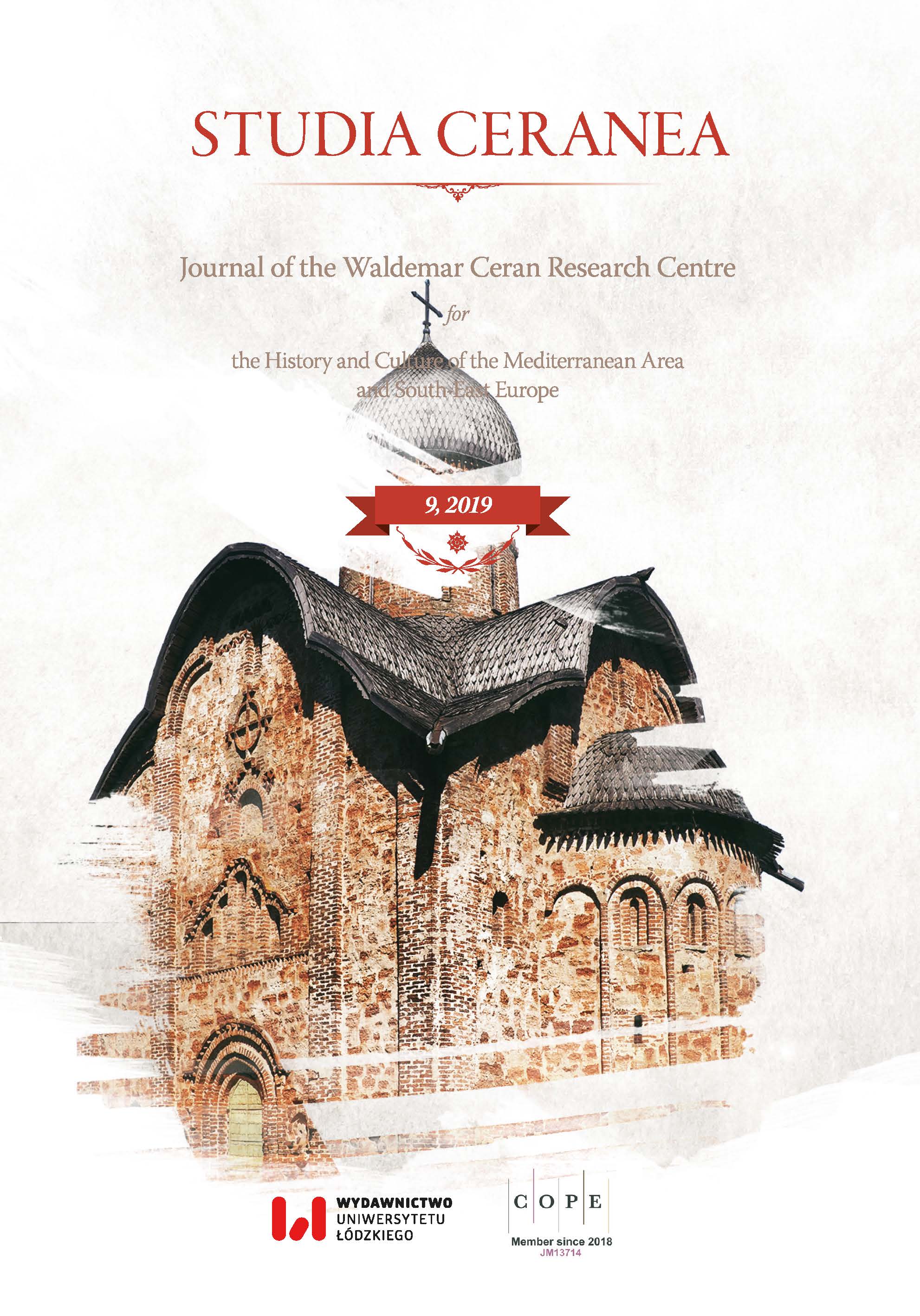Dynasticity in the Second Bulgarian Tsardom and its Manifestations in Medieval History Writing
Dynasticity in the Second Bulgarian Tsardom and its Manifestations in Medieval History Writing
Author(s): Dmitry I. PolyvyannyySubject(s): Cultural history, Diplomatic history, Political history, 13th to 14th Centuries
Published by: Wydawnictwo Uniwersytetu Łódzkiego
Keywords: dynasty; dynasticity; second Bulgarian Tsardom; history writing; Asens; Terters; Shishmans
Summary/Abstract: Analyzing various medieval Bulgarian hagiographical texts, inscriptions and marginal notes, as well as the Synodicon of the Bulgarian church and other evidence, the author aims to reveal the dynastic concepts of the second Bulgarian Tsardom (1186–1396) and literary attempts to create and support a complex dynastic idea with the means of medieval Bulgarian history writing. Such attempts were connected with two core ideas. Firstly, the state’s foundation was represented as a personal merit of two Asens – father and son. Asen “the Old” adopting the throne name John marked the beginning of the Asens’ Tsardom liberating the Bulgarians from “the Greek slavery” and transferring to his stronghold Tărnovo from Sredets – the center of the Byzantine power over Bulgaria – the relics of St. John of Rila. John Asen “the Great”, his son, strengthened the Tsardom with his victories, returned the status of Patriarchy to the Bulgarian church and brought the relics of St. Parasceve to the capital Tărnovo. Secondly, the literary tradition shaped the image of the Bulgarian Tsardom as an ever-lasting Empire whose enduring attributes – Sceptre and Throne – were given by God to change the mortal monarchs.
- Issue Year: 2019
- Issue No: 9
- Page Range: 351-365
- Page Count: 15
- Language: English

